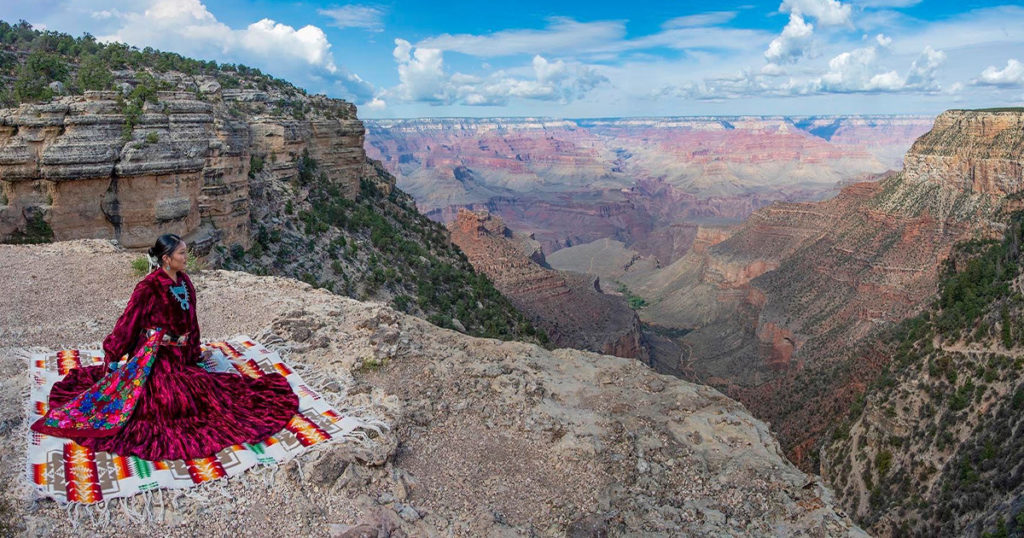Power of the Peoples
American history was shaped as much by Native Americans as by their colonizers

Indigenous Continent: The Epic Contest for North America by Pekka Hämäläinen; Liveright, 592 pp., $40
Pekka Hämäläinen, Rhodes Professor of American History at Oxford, has made a career of challenging a prevailing myth of Native American history—namely, that indigenous peoples were merely passive victims of European colonization. On the contrary, in his 2008 book, The Comanche Empire, he asserted that the Comanches, who dominated the southern Plains from roughly 1750 to 1875, ruled what amounted to an empire in its own right, one that pursued trade, territorial expansion, and resource extraction, among other hallmarks of imperialism. His follow-up effort, Lakota America (2019), made similar observations about the Sioux. Although challenged by some scholars, Hämäläinen’s work has informed our understanding of Native North America.
In his new book, Indigenous Continent, Hämäläinen writes that “the great pitfalls in the study of Native Americans are broad generalizations on the one hand and narrow specificity on the other.” Instead, charting a “middle course,” he details “a broad range of Native American worlds that rose and fell across the continent from the early sixteenth century into the late nineteenth century.” Taken together, their stories upend “the notion that colonial expansion was inevitable” and reveal “a world that remained overwhelmingly Indigenous” until the era of Reconstruction. In short, Hämäläinen insists that “rather than a ‘colonial America,’ we should speak of an Indigenous America that was only slowly and unevenly becoming colonial.”
Consider the case of the Iroquois Confederacy. At its zenith around 1680, the Five Nations dominated a huge swath of territory extending from Lake Erie to the Connecticut River. Their strategy was to pit European rivals—the Dutch, English, and French—against one another while driving their Native adversaries west into Great Lakes country. Hämäläinen writes: “No nation, European or Indigenous, could match their geographical reach and political power in North America over the course of the seventeenth century.” Paradoxically, this “unprecedented burst of Indigenous power” was rooted in profound loss: the spasms of violence unleashed by the Iroquois were “mourning wars,” offensives intended to replenish populations thinned dramatically by European pathogens.
Hämäläinen studs the book with provocative—and mostly persuasive—assertions of indigenous strength where others might see Native decline. Take, for instance, the 1637 Mystic Massacre, in which English colonists butchered several hundred Pequots. Such slaughters, Hämäläinen suggests, “exposed a deep-rooted European anxiety over enduring Indigenous power: the attacks were so vicious because the colonists feared the Indians who refused to submit to their rule.” Likewise, the reservation system of the 19th century was “a sign of American weakness, not strength,” since the federal government—which, after the Civil War, spent nearly $150,000 per day fighting the Plains tribes—“simply lacked the capacity to defeat and domesticate the Indians.” Even the carnage at Wounded Knee in 1890 “was a sign of American weakness and fear,” evidence that the project of Indian subjugation remained incomplete after four centuries of relentless European imperialism. Seen in this light, “the history of North America emerges as a single story of resolute resistance that kept much of the continent Indigenous for generations.”
Although he is most at home when surveying the Great Plains, Hämäläinen moves surefootedly around the continent, chronicling the experiences of peoples as diverse and far flung as the Natchez of Mississippi, the Lenape of the mid-Atlantic, the Shawnee of the Ohio Valley, and the Pueblo peoples of the Southwest. Indigenous Continent is elegantly written, Hämäläinen’s prose all the more impressive because Finnish is his first language. Witness the passage describing the demise in 1528 of the Spanish conquistador Pánfilo de Narváez. Having fled recalcitrant Indians on the Gulf Coast of Florida, he was blown out to sea on a raft, where “he died from dehydration, with a panoramic view of his vast paper holdings, which he would never rule.”
As with even the most comprehensive synthesis, some readers of Indigenous Continent will yearn nevertheless for more coverage. For one thing, many critical episodes, such as the 1864 Sand Creek Massacre, get only a sentence or two, despite their outsize importance in shaping subsequent events. For another, despite the title, Hämäläinen for the most part confines his discussion of present-day Canada to the Great Lakes region, leaving untold the compelling and important history of the people of the Canadian prairies and Plains. Moreover, one wishes that Hämäläinen had pushed his narrative into the 20th century and fleshed out the assertion of the indigenous writer David Treuer, cited by Hämäläinen in the epilogue, that “America has succeeded in becoming more Indian over the past 245 years than the other way around.”
None of this detracts from Hämäläinen’s towering achievement. By gathering the experiences of multiple Native peoples—across an astounding expanse of time and space—Indigenous Continent explodes the view that American history unfolded inexorably according to European and American design.


